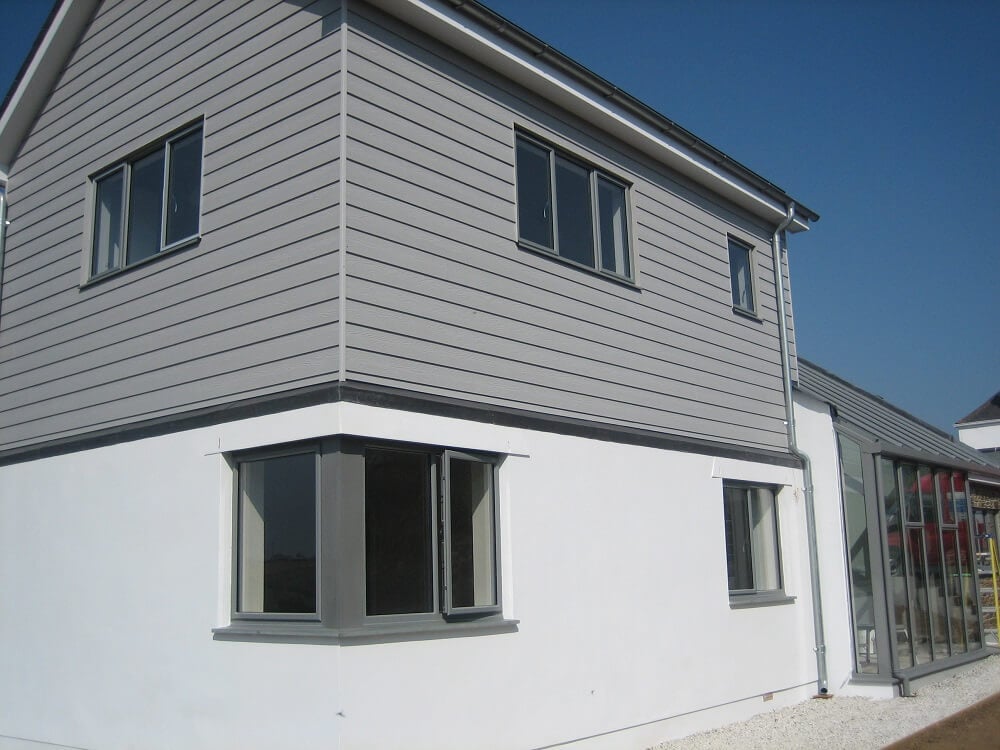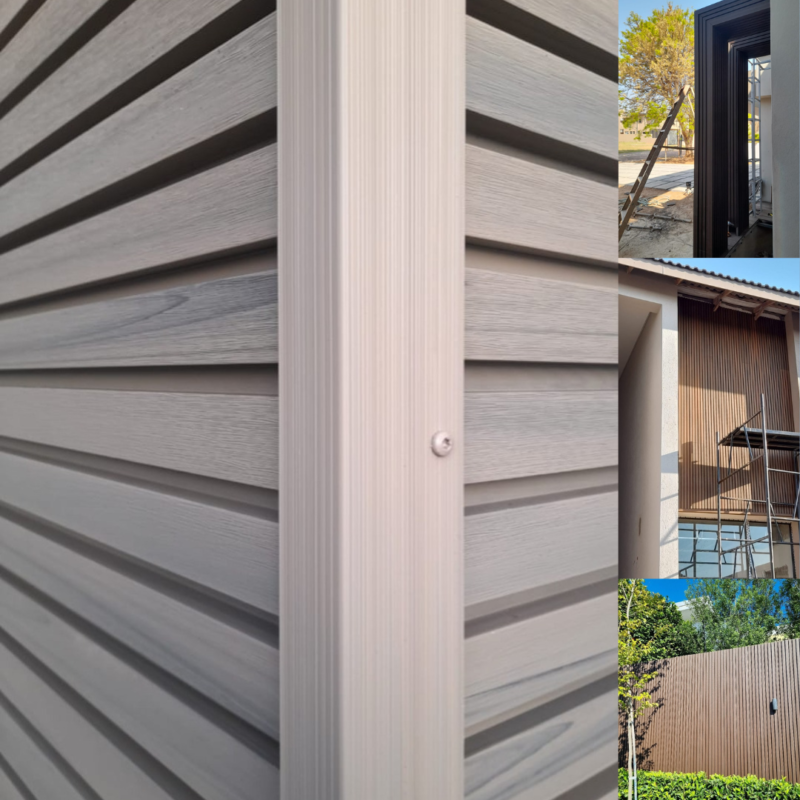Transform Your Outer with High-Quality Outside Cladding PanelsOutdoor Cladding Sections: The Ideal Combination of Performance and Appearance
Transform Your Outer with High-Quality Outside Cladding PanelsOutdoor Cladding Sections: The Ideal Combination of Performance and Appearance
Blog Article
Modern architecture is constantly changing, with homeowners and developers seeking revolutionary approaches to improve both beauty and efficiency of their buildings. One factor that's seen a spike in recognition is the utilization of outdoor cladding panels. Not only are they creatively attractive, but Outdoor Cladding Cells also offer many sensible advantages, creating them required for modern homes.

Defining Outdoor Cladding Panels
Outdoor cladding panels are protective layers fitted to the outside of a building. Typically obtainable in resources like wood, steel, fiber concrete, and blend, they change otherwise basic facades in to impressive, tough, and efficient exteriors. Cladding is no more on a decorative purposes—it positively plays a part in a home's energy performance, longevity, and low-maintenance lifestyle.
Guarding and Keeping Buildings
Among the main reasons outside cladding sections are considered important is their capacity to protect properties from hard climate conditions. Whether it's heavy rainfall, scorching temperature, or icy winters, a well-chosen cladding process shields the building's structure from the elements.
Statistics reveal that weather coverage is responsible for up to 40% of additional wall damage in buildings. Cladding panels serve as the very first type of security, reducing the danger of water seepage, cracking, and mold growth.
Energy Effectiveness and Sustainability
With energy prices rising internationally, producing energy-efficient properties has become a concern for several homeowners. Outdoor cladding systems can enjoy a vital position in increasing efficiency and maintaining consistent indoor temperatures. Materials like covered cells and blend systems may lower thermal linking, leading to reduce energy usage for heat and cooling.
A examine by the Power Efficiency Council revealed that increasing a home's warmth with cladding resources could minimize power application by around 30% annually. Additionally, many cladding products and services are made using sustainable methods, giving eco-conscious homeowners an eco-friendly building option.
Enhancing Cosmetic Appeal
Outside cladding systems bring modernity and quality to developing exteriors. With an array of product alternatives, textures, and shades accessible, they allow for architectural creativity that complements modern lifestyles. From wood-look completes for warm, organic tones to modern material sections for a innovative character, cladding systems let homeowners to increase their curb charm consistent with the newest trends.
The demand for cosmetic home fronts continues to grow, with surveys suggesting that 68% of customers price visual attraction during home purchase. Cladding systems always check that package while giving useful advantages.
Minimal Maintenance and Long-Term Value
Yet another reason cladding sections are becoming needed for modern houses is their minimal maintenance requirement. Compared to standard paint careers or exposed plaster that needs repeated preservation, certain cladding products like fibre cement or blend cells just need periodic cleaning, substantially reducing preservation costs.

A Modern House Essential
As homeowners aim to construct places which can be wonderful, energy-efficient, and tough, outside cladding systems give you a extensive solution. By defending against temperature injury, enhancing power efficiency, and elevating aesthetics, these systems have actually received their position as an crucial feature of contemporary homes. Their versatility and functionality cause them to become not really a development, but a necessity for forward-thinking architecture.
Report this page